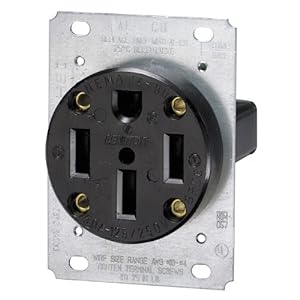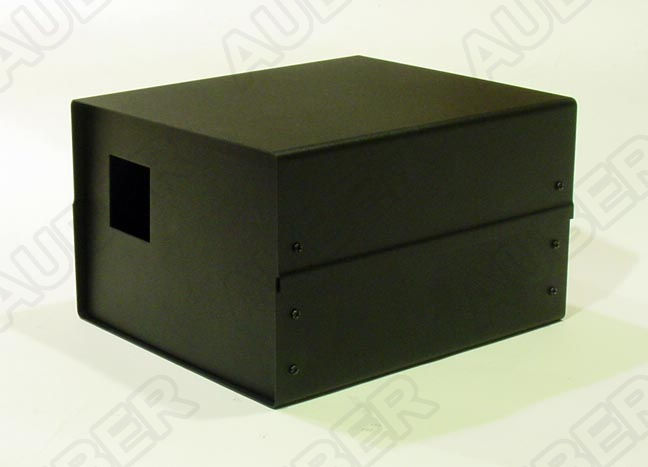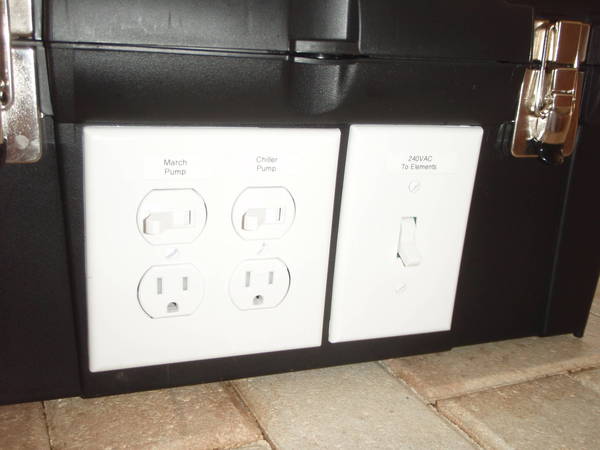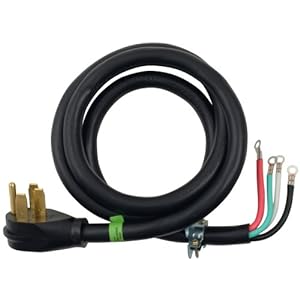I am in the middle of designing and building and electric brewery and was wondering if it would be possible to controlled the heating elements manually at either the breaker or my installing an inline switch. This is essentially what I do now using propane, when desired temperature is reached turn off the flame until more heat is needed. If not, what would be a good setup to hold me over until I am ready to build a HERMS.
Currently brewing using propane on a single tier using the following equipment:
HLT - Keggle with dial thermometer and sight tube
MLT - Cooler with copper manifold (batch sparging)
Boil - Keggle with dial thermometer and sight tube
March Pump
I will be installing low density 5500 W elements in both the HLT and Boil Keggle this week. Currently I have a 50 amp breaker to a 50 amp GFCI spa panel that goes to a 50 amp 14-50R outlet, like the one below.

http://www.amazon.com/dp/B00009W3AA/?tag=skimlinks_replacement-20
Eventually I will go to a HERMS but I have been very happy with my cooler and would not mind continuing to use it. I do have another keg to convert to a MLT when I am ready.
For now I would be fine with a manual setup. For instance, hitting a switch to turn the HLT element off when it hits strike or mash out temperatures. I have not been able to find much information about a setup like this, which leads me to believe that it might not be practical. The biggest issue that I can see is a high boil off rate if I don't throttle the 5500 w element in the boil keggle. Would it be possible to wire up the element directly to a 14-50 male plug then control it from the breaker? It seems like almost everyone uses a three wire connection, not a four (two hots and a ground for 220, if I'm not mistaken). I know that isn't ideal but plenty of warehouses control their lighting by switching breakers.
My biggest hesitation on using a PID or two is that I will eventually build a HERMS and I would hate to spend a couple hundred dollars on a control panel and only use it for a year or so. I tend to like very basic set ups until I feel comfortable building something advanced, not big on small steps. If I do implement automation I was thinking a basic setup like P-J suggested in post #16 in this thread.
I've gone back and forth on this and would love to get a couple opinions. The automation would be nice but if I go that route I would really like to future proof it as much as possible. Thanks in advance.
Currently brewing using propane on a single tier using the following equipment:
HLT - Keggle with dial thermometer and sight tube
MLT - Cooler with copper manifold (batch sparging)
Boil - Keggle with dial thermometer and sight tube
March Pump
I will be installing low density 5500 W elements in both the HLT and Boil Keggle this week. Currently I have a 50 amp breaker to a 50 amp GFCI spa panel that goes to a 50 amp 14-50R outlet, like the one below.

http://www.amazon.com/dp/B00009W3AA/?tag=skimlinks_replacement-20
Eventually I will go to a HERMS but I have been very happy with my cooler and would not mind continuing to use it. I do have another keg to convert to a MLT when I am ready.
For now I would be fine with a manual setup. For instance, hitting a switch to turn the HLT element off when it hits strike or mash out temperatures. I have not been able to find much information about a setup like this, which leads me to believe that it might not be practical. The biggest issue that I can see is a high boil off rate if I don't throttle the 5500 w element in the boil keggle. Would it be possible to wire up the element directly to a 14-50 male plug then control it from the breaker? It seems like almost everyone uses a three wire connection, not a four (two hots and a ground for 220, if I'm not mistaken). I know that isn't ideal but plenty of warehouses control their lighting by switching breakers.
My biggest hesitation on using a PID or two is that I will eventually build a HERMS and I would hate to spend a couple hundred dollars on a control panel and only use it for a year or so. I tend to like very basic set ups until I feel comfortable building something advanced, not big on small steps. If I do implement automation I was thinking a basic setup like P-J suggested in post #16 in this thread.
How about this:

(Click the image for a full scale printable diagram for 11" x17" paper)
One PID (and 1 temp probe in the HLT). As Walker stated there is no need for a second temp probe. The boil is controlled using manual mode.
The contactors are $14.50 each so they certainly will not break the bank.
I've gone back and forth on this and would love to get a couple opinions. The automation would be nice but if I go that route I would really like to future proof it as much as possible. Thanks in advance.
Last edited by a moderator:











































![Craft A Brew - Safale BE-256 Yeast - Fermentis - Belgian Ale Dry Yeast - For Belgian & Strong Ales - Ingredients for Home Brewing - Beer Making Supplies - [3 Pack]](https://m.media-amazon.com/images/I/51bcKEwQmWL._SL500_.jpg)





















